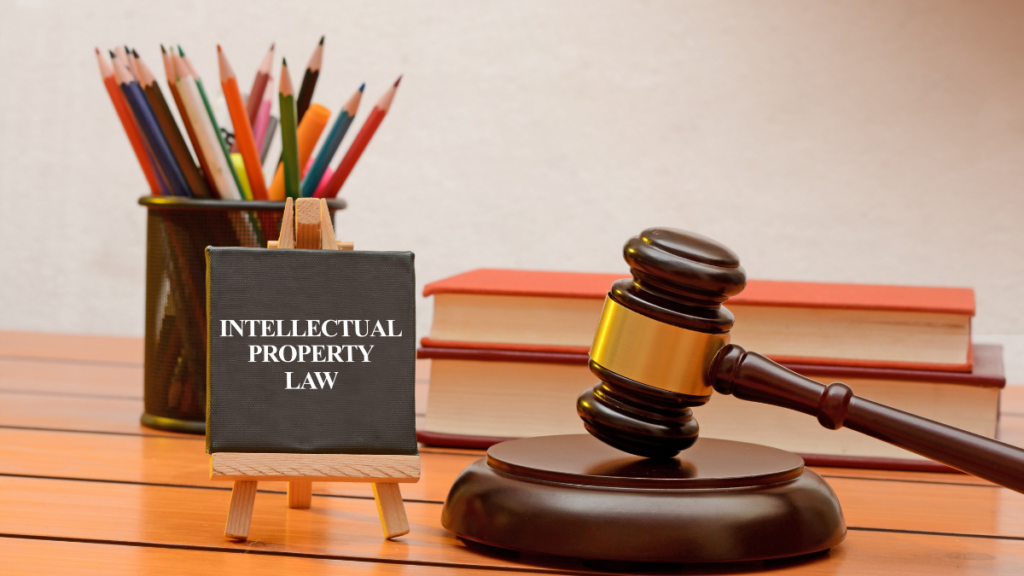Intellectual property describe the works of mind such as books, formulas, films, inventions, music, art, or processes. Intellectual Property (IP) systems can be crucial for firms to transform their innovative potential and creations into market value.
Various types of IPs share a common feature – they are creations of the mind and highlight unique and distinctive characteristics that distinguish them from other IPs. It is this uniqueness that is monetarily profitable. Therefore, IP is a vital asset for every business.
Challenges for an Inventor in Intellectual Property
1. Legal Challenges
Inventions are not novel; how the patents are drafted leads to the invalidation of a patent. A patent is generally prepared by a techno-legal person with technical skills and can draw a legal document. However, when an invention is expressed in legal terms, then there are some limitations.
For example, legal language is used to explain the invention and word choice. These limitations will hinder the invention from protection.
2. The Advantage of a Non-Inventor
The non-inventors, such as lawyers, patent agents, lawmakers, and bureaucrats, have an extra benefit. Bureaucrats make patent laws and often receive input from attorneys. Inventors’ role is sometimes non-existing as they don’t have any say in that law-making process. Rules are often modified to suit the comfort of the non-inventors. Hence inventors have no voice at all, which leads to difficulties in the life of an inventor.
3. Gender Disparities
Despite several advances in gender equality, gender gaps persist in patenting and in the ability of women to sell their innovations. The following challenges are faced by women inventors and innovators, such as lower labor market participation, lack of childhood exposure to female inventors, financial and administrative barriers in the entire patenting process, and conscious or unconscious bias.
4. Critical Funding
Lack of exposure to innovation can be why talented children in low-income families, women, and minorities face critical funding problems. Patenting requires a lot of time, effort, and funds. Funding is essential for minorities, women, and talented children of low-income families.
Poorer access to funding is a pervasive problem for women that occurs across many innovative areas. The lack of access to finance has been a critical limitation for women and minority entrepreneurs globally.
5. Prevention of Patent Evergreening
One of the most important intellectual property challenges is the restriction of the evergreening of patents for multinational companies. This is because companies cannot evergreen their patents just by making minor changes. So the Indian Patent Act possesses one of the most significant issues concerning intellectual property rights. Hence the grant of patents to new forms of substances is prohibited by this act.
6. The Product Patents Process
A patent is a legal right granted to an inventor by the government to exclude others from copying, importing, or selling an invention without their permission. A patent is demanded by filing at the registered patent office. The person who files the patent is called the inventor. A patent can be granted for any process, device, method, or substance which is inventive and practical.
The patent holder has imparted the right to control how their invention will need to be made, used, or sold in exchange for revealing the aspects of their product to society.
Conclusion-
It is a great time to understand the inventor’s needs and change the law according to their wants and desires, gather their inputs while framing new patent laws, and simplify the process for inventors to preserve their inventions and creations. Innovation and creation are the absolute property of an inventor, and it needs to be safeguarded.
Also, there is a real need to undertake projects to increase the role of women and minorities in creation and innovation if the Intellectual Property system is used carefully.
IP is fundamental to the business model that rewards and promotes relationships and transactions. Relationships can be between authors and composers, performers, music and audiovisual producers, broadcasters, and distributors such as libraries or various electronic platforms.
Well-functioning IP systems seek to balance the various competing interests surrounding technological and business innovation and cultural creativity.







